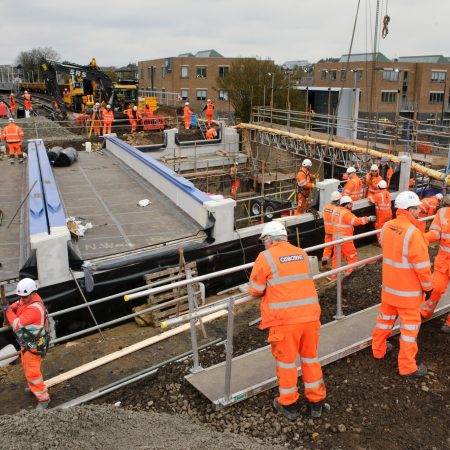Infrastructure Improvements: Investing Time to Save Time
What’s the most frustrating thing about potholes (apart from the fact that there are so many of them)? It’s the fact that a crew will turn up on a stretch of road, fix the ones that are most urgent, and leave others alone to grow to a size when they too become a priority.
This small example illustrates how, as a nation, we don’t manage our infrastructure maintenance efficiently. On a bigger scale travellers would point to repeated highways disruptions along the same stretch of road or recurring rail engineering works in the same area.
The problem isn’t unique to the UK but we certainly have an opportunity to work more intelligently and do things better.
One fundamental problem is that there are major gaps in our knowledge of condition of our infrastructure assets. And where there is information, it isn’t always available to designers and planners in a usable format.
With more detailed knowledge you can build a risk-prioritised list of repairs. Every possession, closure or traffic management scheme can then be designed to achieve as much as possible to minimise future disruption.
A Different Future
While you can’t change the past, you can do something about the future. Two priorities should be:
- Considering future maintenance more carefully in the design phase.
- Ensuring that there is a legacy of detailed and structured asset information from every project (we already have the tools to do this).
An example of this approach in action was work Osborne carried out to the rail line through Poole Harbour. The design and planning process was highly collaborative and Osborne project teams were fully engaged with the process.
By using better asset knowledge and collective expertise all high priority, and many lower priority, repairs were completed within a single line closure. Better planning also minimised the amount of time that the station had to be closed so that disruption was minimised.
Smarter working is sometimes just a question of getting the right conversations taking place early enough, and having a contracting framework that encourages forward thinking, collaboration, and innovation.
Find out more about our Infrastructure projects here.

